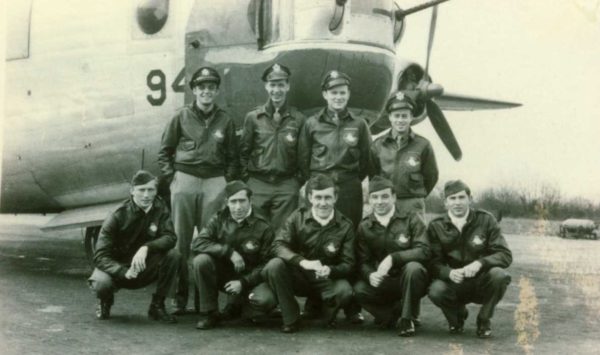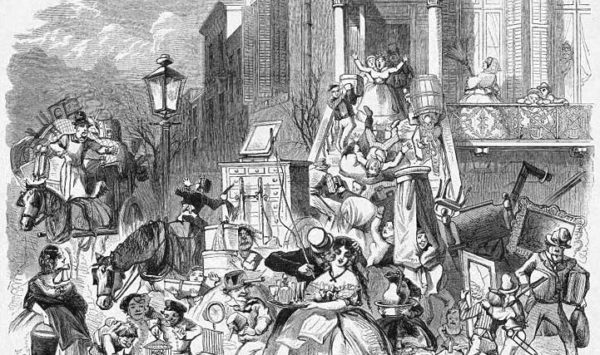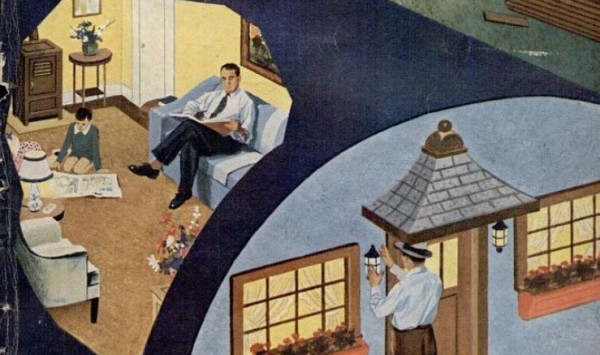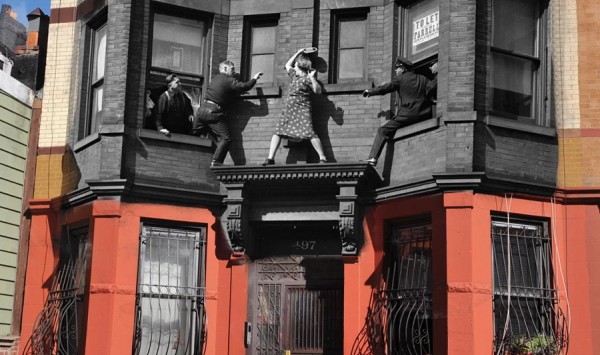THE DELIGHT OF A CLINTON HILL BOY (1945)

******************************************************************************************************************************** Brownstone Detectives investigates the history of our clients’ homes. The story you are about to read was composed from research conducted in the course of one of those investigations. Do you know the history of YOUR house? ******************************************************************************************************************************** (The following is an excerpt from the Brownstone Detectives House History Book, No. 241 Washington Avenue – The Story of a House.) On a cloudy windy December evening, the crew of the B-24 Liberator “Beaver’s Baby,” flying at an altitude of 23,000 feet, neared the Belgian border. On the return leg of a bombing mission over Hanau, Germany, the plane’s pilot, Captain Clarence “Bart” Barton, had a crucial decision to make. Their heavy bomber had lost an engine and, according to the Barton, “another was almost gone.” It was clear, he decided, that they would be unnecessarily risking their plane and crew if they attempted a channel crossing considering their plane’s condition. Barton thus alerted his men that they were going to have to make a forced landing somewhere. He, thus, directed his navigator, 18-year-old Lieutenant Robert F. Palestri, to identify the coordinates of the nearest friendly airfield and to guide them to that location. Nearing Belgian soil, after hours of flying over Germany, the crew’s navigator oriented the pilot toward what appeared to be a dark Belgian runway many thousands of feet below them. With the coordinates to guide them, the pilot began inching his aircraft downward. As they dropped altitude and their bomber began to approach the general location […]
WHEN MAY DAY WAS MOVING DAY (1847)

******************************************************************************************************************************** Brownstone Detectives investigates the history of our clients’ homes. The story you are about to read was composed from research conducted in the course of one of those investigations. Do you know the history of YOUR house? ******************************************************************************************************************************** Imagine, as a New York renter, waiting with dread every year for May 1 to arrive. It meant that you, like many untold thousands of other renters in the city, had to move. Now, consider the competition for hiring moving vans and movers – and the surge pricing associated with every aspect of it. This was exactly what took place in New York City on the first day of May starting in the early 19th century and lasting for about 120 years through WWII. While the annual event may have originated as a custom, the tradition was actually couched in law in 1820 when an act of the New York State legislature was passed into law, mandating that all housing contracts were valid unto the first of May (unless the day fell on a Sunday, in which case the deadline was May 2). In other words, the landlord basically had his tenants by the law. And it rarely ended well for the tenants. According to the New York Times, February 1, sometimes known as “Rent Day,” brought landlords togive notice to their tenants what the new rent would be after the end of the quarter, and the tenants would spend good-weather days in the early spring searching for new houses and […]
WHEN BROOKLYN WAS (PRE-) FAB (1946)

******************************************************************************************************************************** Brownstone Detectives investigates the history of our clients’ homes. The story you are about to read was composed from research conducted in the course of one of those investigations. Do you know the history of YOUR house? ******************************************************************************************************************************** When Johnny came marching home again – he found a housing shortage. As World War II ended right on the tail end of the Depression, the City of New York realized it had a crisis on its hands. Relatively little housing had been built in the previous 15 years and suddenly, with the war winding down, veterans would be returning en masse to a “smaller” city. Robert Moses proposed the temporary solution that seemed to perfectly address the veteran housing shortage – quonset huts. Servicemen would certainly be familiar with them – those curved corrugated “shacks” so familiar to the boys who fought in the Pacific. Used there as quickly built administrative offices and barracks, they were the solution for an army “on-the-go.” But would veterans want to live in them – again? BROOKLYN’S HUTS GO UP In Brooklyn, after much heated debate as to what to build, where, and for how much, acres of land in Canarsie, Jamaica Bay, and the area along the Belt Parkway in the south of Brooklyn, were all selected upon which to build temporary public housing in the form of the Federal surplus quonset huts. These structures, with their curved, corrugated roofs, potbellied stoves in each living room for heat, and a common ground between […]
